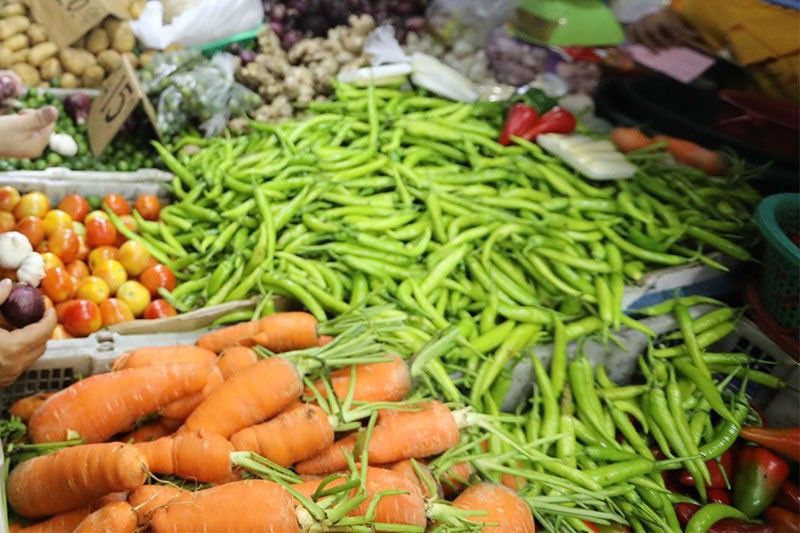Slower February inflation gives new BSP cut a boost

MANILA, Philippines — Consumer prices eased for the first time in three months in February, giving the central bank leeway to ease policy rates anew as economic officials devise an appropriate response to the impact of the coronavirus on an already-slowing economy.
Inflation, as measured by the consumer price index, slowed down to 2.6% year-on-year in February from 2.9% in January and 2.8% same period a year ago, the Philippine Statistics Authority reported on Thursday.
It marked the first time that prices of basic goods and services tempered since October, when a low-base effect from 2018 tapered off and brought inflation back to the 2-4% target of the Bangko Sentral ng Pilipinas (BSP).
For the first two months of the year, inflation settled at 2.8%.
All eyes on BSP
The latest data is a welcome news for BSP Governor Benjamin Diokno, who marks his anniversary at the post this month with a record of dovish signals translating to a total of 200-basis-point cut in the policy rate, and a reduction of 400 bps to bank reserves.
In a text message on Monday night, Diokno, who chairs the BSP's policy-making Monetary Board, signaled he is ready to do more to cushion the impact of the coronavirus in the economy. "One thing is certain: there will be no off-cycle MB move to cut policy rates," he said.
For Nicholas Antonio Mapa, senior economist at ING Bank in Manila, this indicates a follow-through on the 25 bps rate cut last January. "Diokno has long telegraphed a total of 50 bps worth of cut. He'll cut again probably in March, but more likely in May by 25 bps," Mapa said.
The BSP meets next to set policy on March 19.
Policy rates and bank reserves are crucial BSP tools to influence prices through the flow of money in the system. While lower reserves allow banks to set aside more funds for lending, lower rates signal also lenders to lower the interest of their loans.
Both of which allows more money in the financial system to support an economic growth that has slowed to 5.9% as of last year, an eight-year low.
Since being appointed last year, Diokno has followed his dovish signals with policy decisions that reversed his late predecessor's rate-tightening cycle in 2018 meant to cushion the impact of an inflation that hit a nine-year high of 5.2%.
Paying off
Those decisions are beginning to pay off. In January, money supply growth accelerated to a 20-month high, driven mainly by an uptick in demand for domestic credit. The demand, in turn, was propelled by 10-month high increase in bank lending in the same month.
Diokno may indeed not be over his easing cycle, especially as the impact of coronavirus outbreak is not only expected to linger, but cost the economy more.
The National Economic and Development Authority has estimated the effects of the outbreak to trim up to 1 percentage-point from economic growth.
On the inflation report, government statisticians said prices went up slower in the capital at 2% than outside of it, where they increased 2.8%.
Core inflation, which strips out volatile food and energy prices, also slowed their growth to 3.2% in February from 3.9% same period a year ago.
- Latest

















